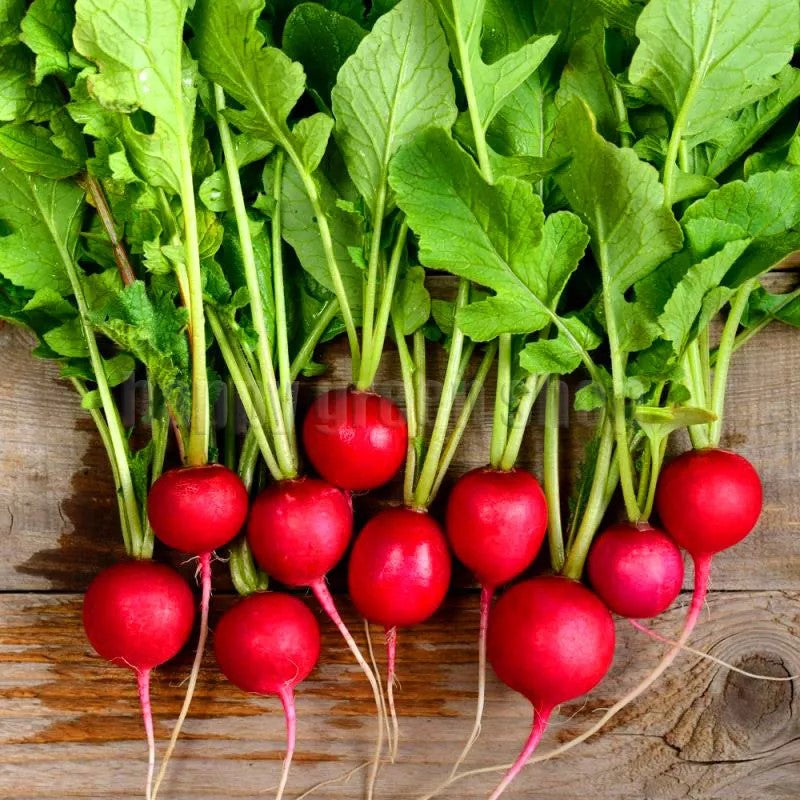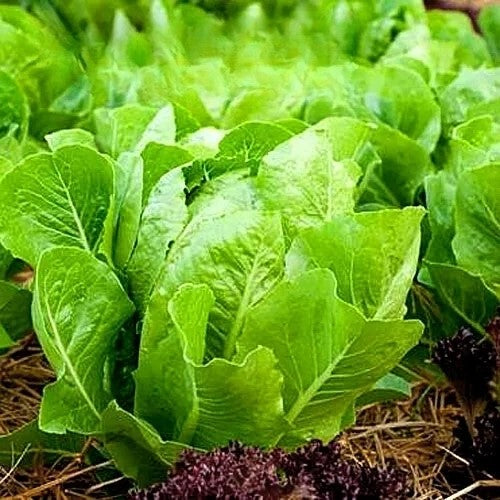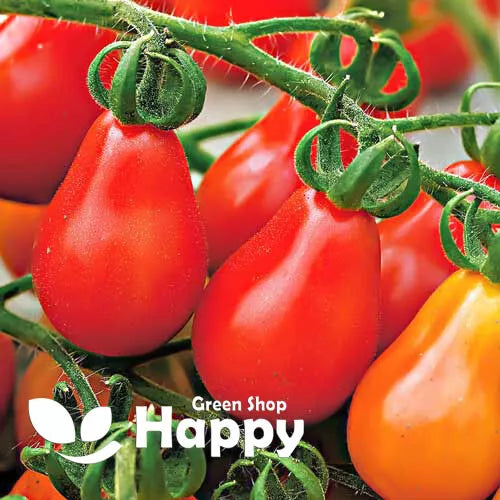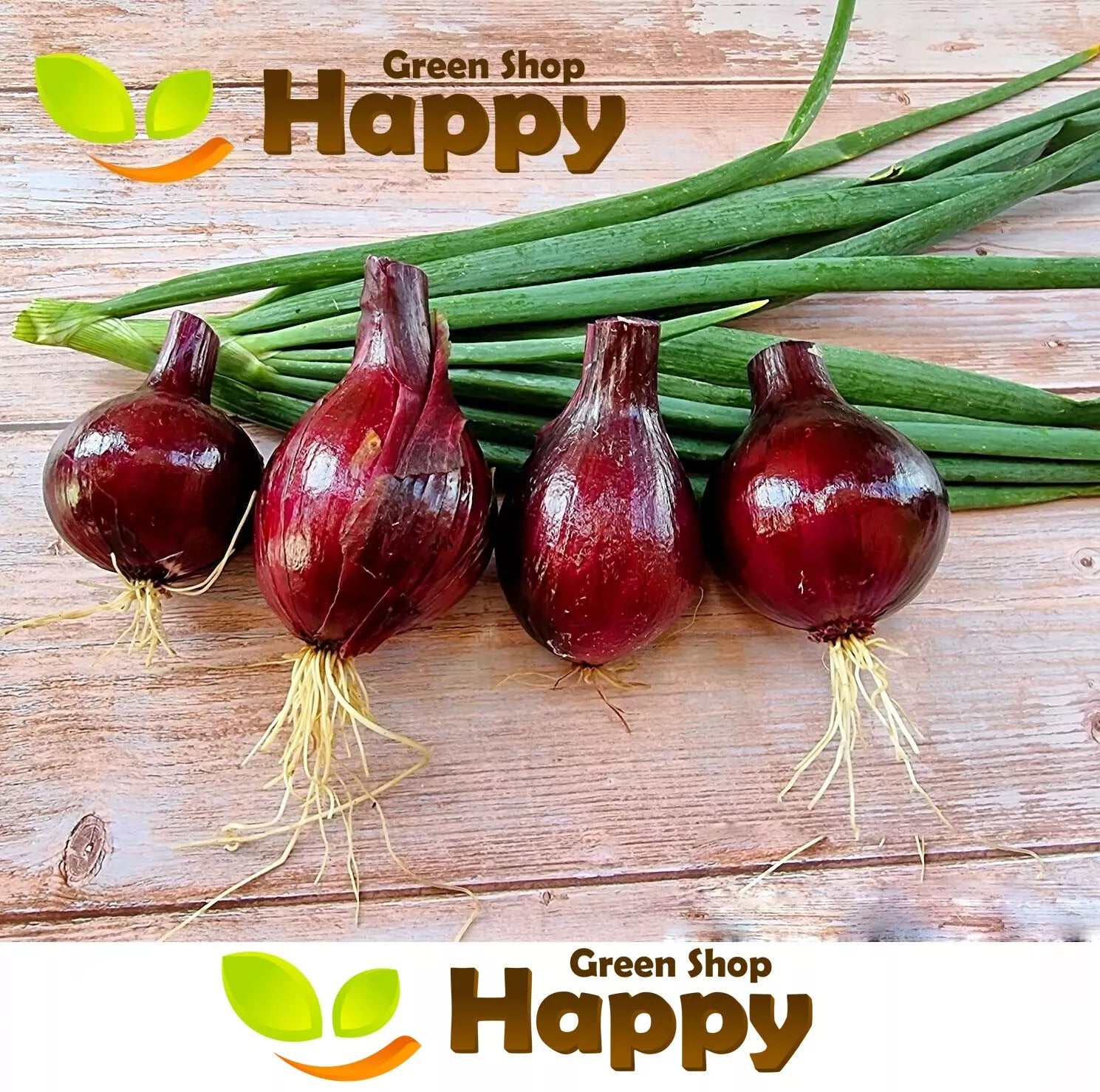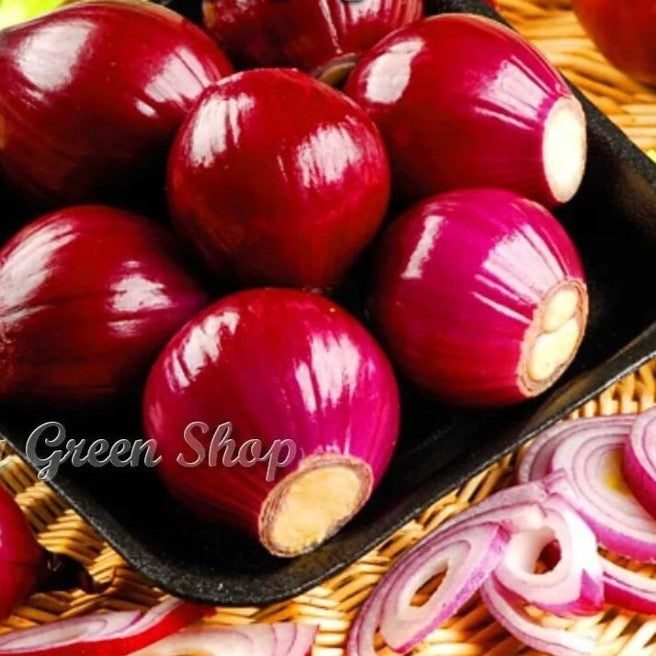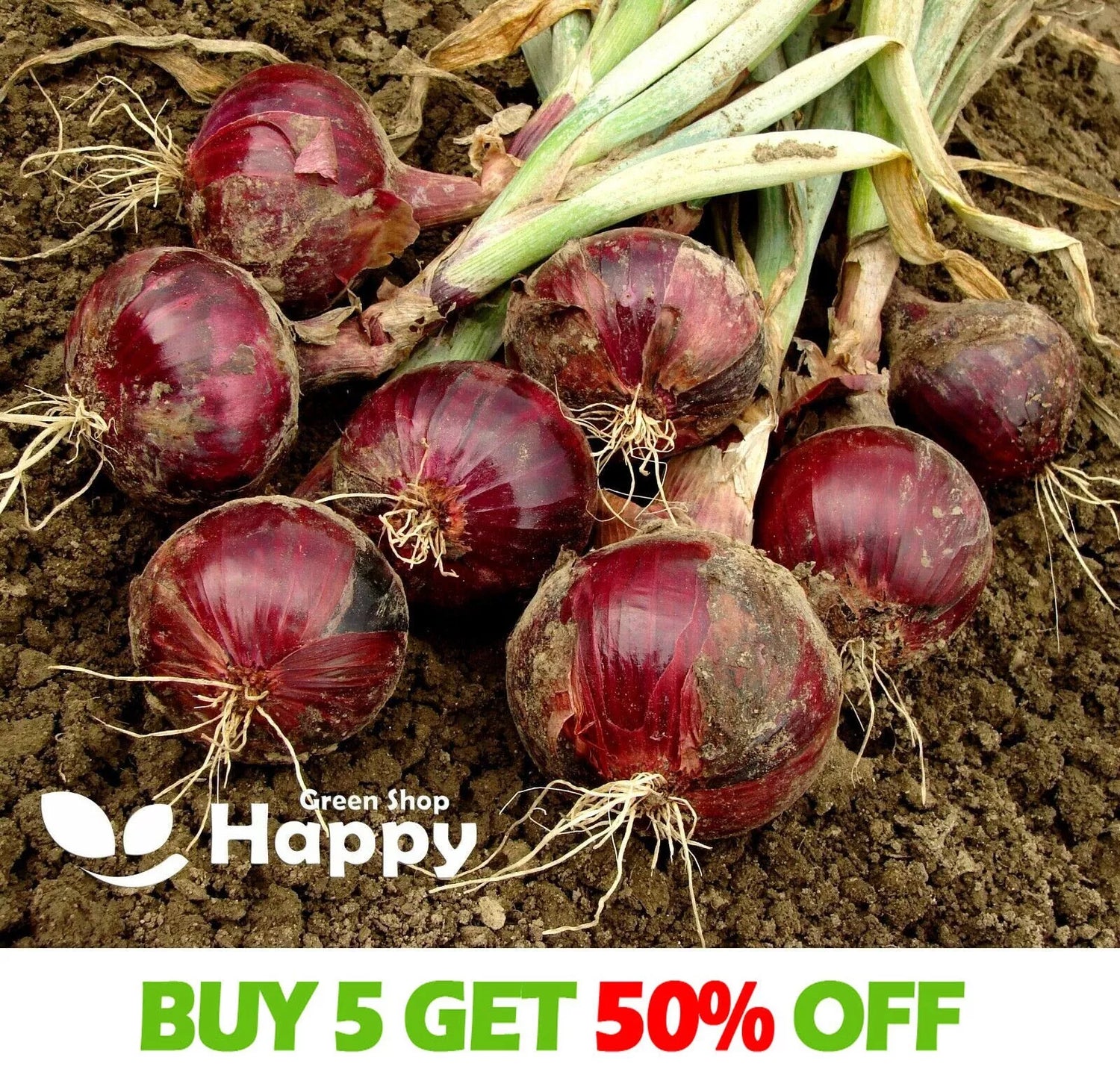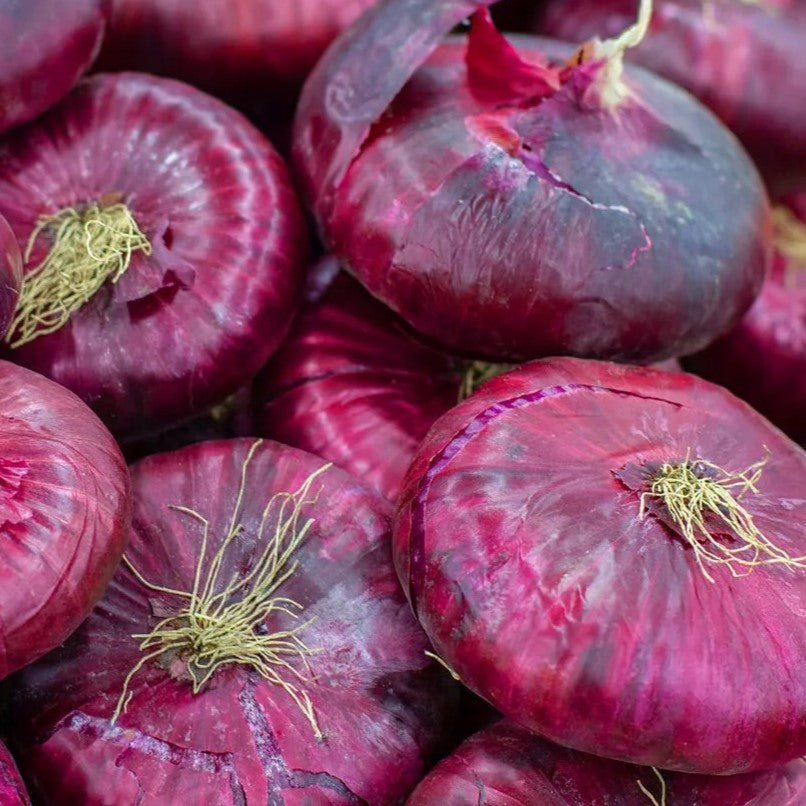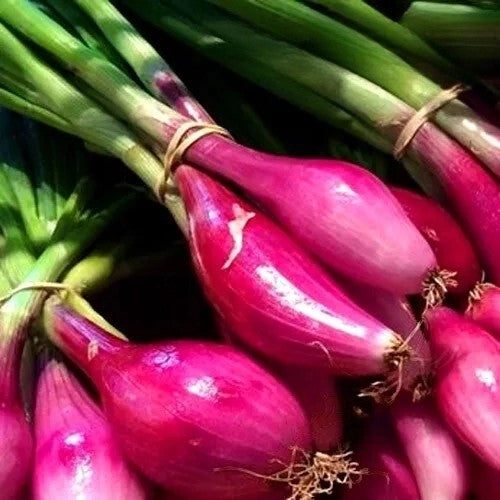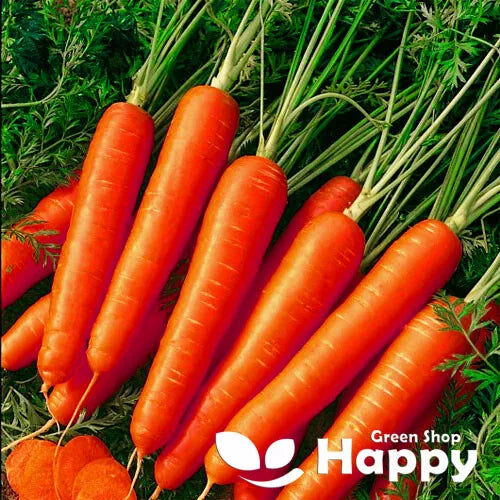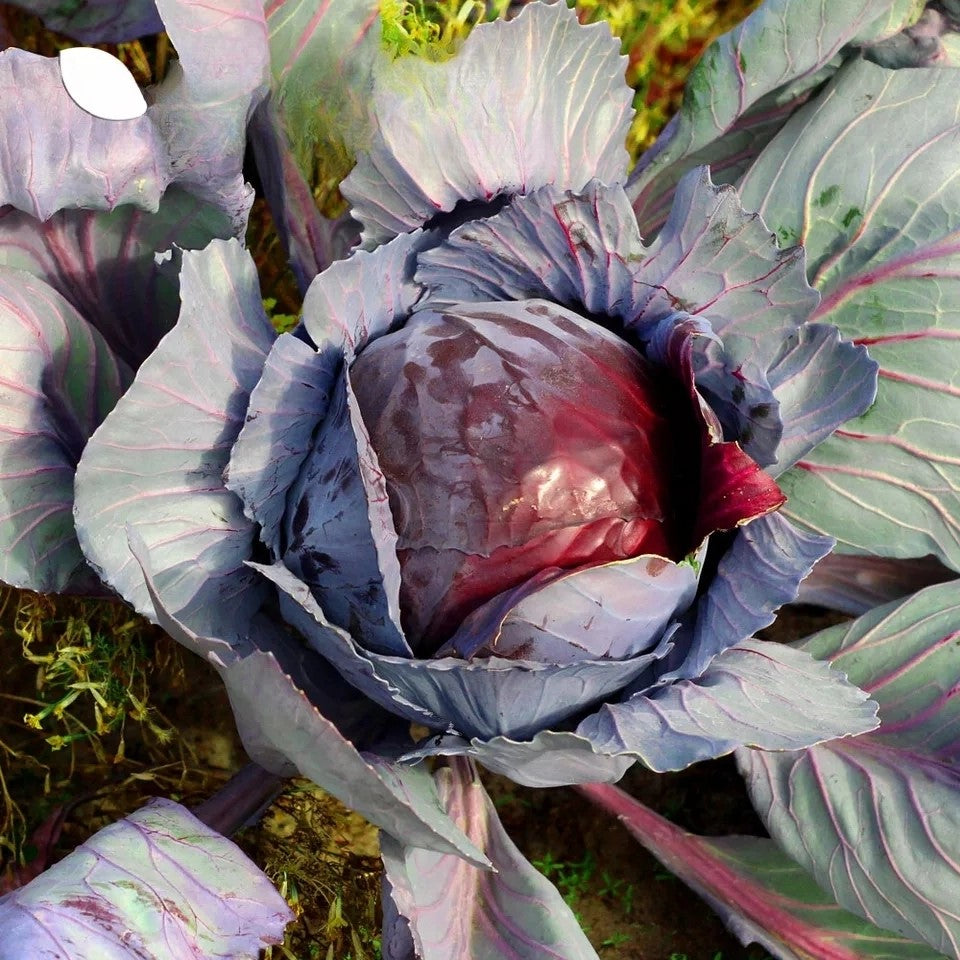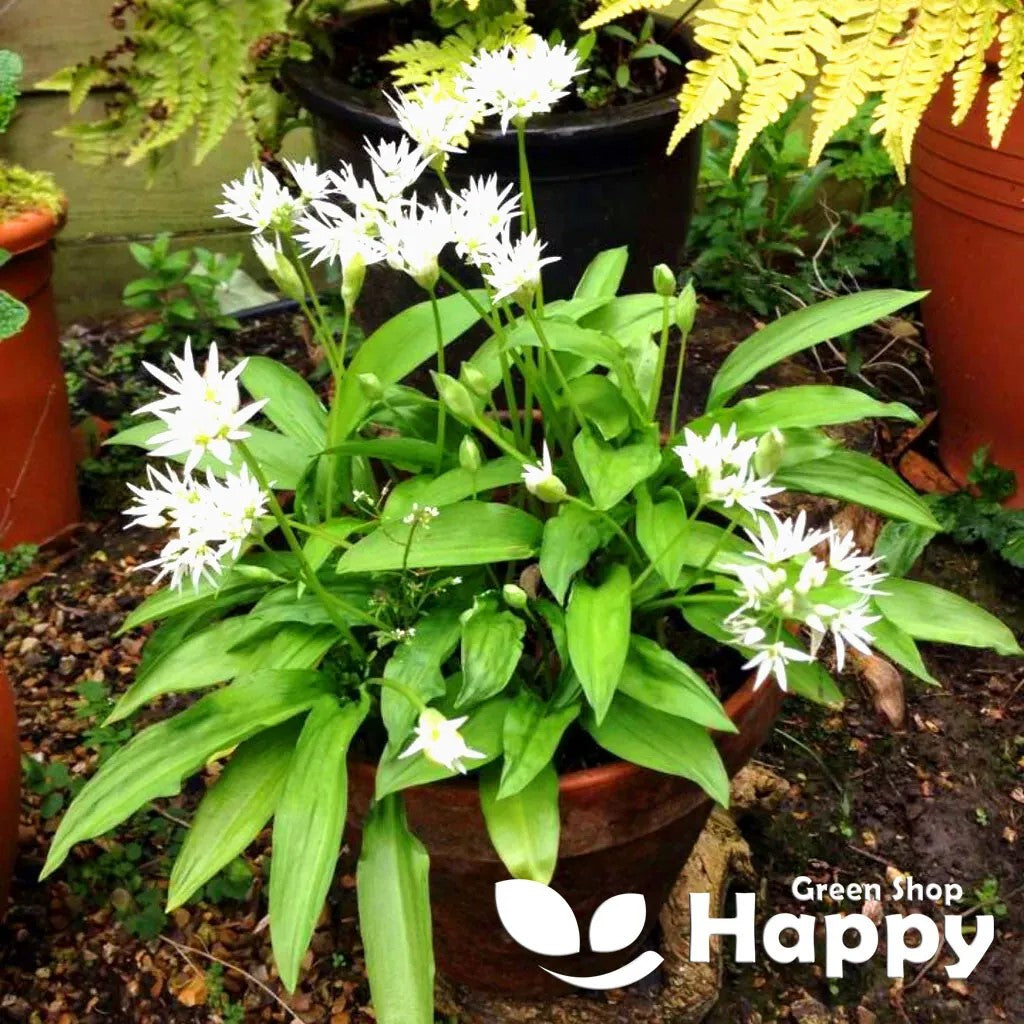Sort by:
225 products
225 products
Romaine Lettuce 'White Dunsel' – Seeds (Lactuca sativa)
Romaine Lettuce 'White Dunsel' is a crisp, flavorful variety with pale green, elongated leaves forming a tight, upright head. Its crunchy texture and mild, sweet flavor make it perfect for fresh salads, sandwiches, and wraps.
This variety is fast-growing, reliable, and suitable for spring, summer, and autumn harvests. Ideal for home gardens, raised beds, or containers.
How to Grow
-
Sow outdoors: March – July
-
Depth: 0.5–1 cm
-
Spacing: 20–25 cm between plants, rows 30–35 cm apart
-
Position: Full sun to partial shade
-
Soil: Fertile, well-drained, rich in organic matter
-
Watering: Keep soil consistently moist for tender, crisp leaves
Key Features
-
Crisp, pale green leaves with mild, sweet flavor
-
Forms a tight, upright head
-
Fast-growing and reliable variety
-
Ideal for salads, sandwiches, and wraps
-
Suitable for home gardens, raised beds, and containers
Harvest
-
Harvesting period: 6–8 weeks after sowing
-
Pick outer leaves as needed or harvest entire head when mature.
Short Tip
Succession sow every 2–3 weeks for a continuous supply of fresh leaves.
Red Pear Tomato – Seeds (Solanum lycopersicum)
The Red Pear Tomato is a charming heirloom variety producing clusters of small, pear-shaped, bright red fruits. With a sweet, tangy flavor and firm texture, these tomatoes are perfect for fresh snacking, salads, or adding a decorative touch to dishes. Highly productive and visually appealing, they are a favorite for both garden aesthetics and culinary use.
How to Grow
-
Sow seeds indoors from February to April, 0.5 cm deep in trays or pots.
-
Maintain 18–22°C until germination.
-
Transplant seedlings into larger pots, then outdoors or in a greenhouse after frost.
-
Support plants with stakes or cages to handle heavy clusters of fruit.
Key Features
-
Heirloom pear-shaped fruits in bright red
-
Sweet, tangy flavor and firm texture
-
High-yielding and productive
-
Ideal for fresh eating and salads
-
Attractive ornamental value for gardens and containers
Ideal For
-
Snacking, fresh salads, and garnishes
-
Home gardens and patio pots
-
Heirloom collections and colorful vegetable displays
Sowing & Harvest
-
Sow: February to April
-
Plant out: May to June
-
Harvest: July to September
Quick Tip
-
Pick fruits regularly as they ripen to encourage continuous production and maintain plant vigor.
Red Onion 'Wenta' Seeds (Allium cepa)
Grow crisp, flavorful onions with Red Onion 'Wenta', a reliable variety that produces medium to large bulbs with a deep red-purple skin and firm, white flesh. Known for its mild yet distinct taste, this onion is excellent for salads, sandwiches, and everyday cooking. A great all-rounder that combines beauty, flavor, and storage ability.
How to Grow
-
Sow seeds outdoors in spring or late summer.
-
Choose fertile, well-drained soil in full sun.
-
Sow 1 cm deep in rows 25–30 cm apart.
-
Thin seedlings to 10–15 cm apart for full bulb development.
-
Harvest when tops yellow and fall over, then cure for storage.
Key Features
-
Attractive deep red-purple bulbs
-
Crisp, mild yet flavorful taste
-
Medium to large size, great uniformity
-
Good storage quality
-
Easy to grow and dependable
Ideal For
-
Fresh salads and garnishes
-
Sandwiches, roasting, and grilling
-
Long-term kitchen storage
-
Home and market gardens
Sowing
-
Best time: Spring or late summer
-
Depth: 1 cm
-
Spacing: Thin to 10–15 cm, rows 25–30 cm apart
-
Prefers fertile, sunny, well-drained soil
Quick Tip
-
For sweeter onions, keep soil consistently moist during bulb formation.
Red Onion ‘Scarlet’ Seeds (Allium cepa)
Grow vibrant, richly flavored bulbs with Red Onion ‘Scarlet’ (Allium cepa). This reliable variety produces medium to large, deep red onions with crisp flesh and a sweet yet tangy taste. Perfect for fresh salads, roasting, pickling, and cooking, it’s a versatile kitchen essential and a favorite for home gardeners.
How to Grow
-
Sow seeds indoors in early spring or directly outdoors once soil warms.
-
Use fertile, well-drained soil in full sun.
-
Sow seeds 0.5–1 cm deep and thin seedlings to 10–15 cm apart.
-
Keep soil evenly moist during germination (10–14 days).
-
Harvest bulbs when tops fall over and cure in a dry, airy space.
Key Features
-
Produces medium to large, deep red bulbs
-
Sweet yet tangy flavor with crisp texture
-
Versatile: great for salads, pickling, roasting, and cooking
-
Reliable and productive garden variety
-
Stores well after curing
Ideal For
-
Fresh salads and garnishes
-
Pickling, roasting, and cooking
-
Home gardens, allotments, and raised beds
-
Gardeners seeking colorful, flavorful onions
Sowing
-
Best time: Early spring indoors or outdoors after frost
-
Depth: 0.5–1 cm
-
Spacing: 10–15 cm apart
-
Prefers full sun and well-drained, fertile soil
Quick Tip
-
For sweeter onions, keep soil consistently moist during growth and avoid letting it dry out.
Red Onion ‘Rossa di Toscana’ – 300 Seeds (Allium cepa)
Grow flavorful, vibrant onions with Red Onion ‘Rossa di Toscana’ (Allium cepa). This Italian heirloom variety produces medium-sized, deep red bulbs with a mild, sweet taste, perfect for fresh salads, cooking, and pickling. Easy to grow and highly productive, it’s ideal for kitchen gardens, raised beds, and allotments.
How to Grow
-
Sow seeds indoors 8–10 weeks before the last frost or directly outdoors in early spring.
-
Use fertile, well-drained soil in full sun.
-
Sow seeds 0.5–1 cm deep and thin seedlings to 10–15 cm apart.
-
Keep soil consistently moist for germination (10–14 days).
-
Harvest bulbs when tops begin to yellow and fall over; cure in a dry, airy place before storage.
Key Features
-
Medium-sized, deep red bulbs with mild, sweet flavor
-
Heirloom Italian variety
-
Ideal for fresh salads, cooking, and pickling
-
Hardy, productive, and easy to grow
-
Suitable for kitchen gardens, raised beds, and allotments
Ideal For
-
Vegetable gardens, raised beds, and allotments
-
Fresh salads, cooking, and pickling
-
Succession sowing for continuous harvest
-
Homegrown culinary use
Sowing
-
Best time: 8–10 weeks before last frost indoors or early spring outdoors
-
Depth: 0.5–1 cm
-
Spacing: Thin to 10–15 cm apart
-
Prefers full sun and fertile, well-drained soil
Quick Tip
-
Sow in succession every 2–3 weeks to enjoy a continuous supply of sweet, vibrant red onions.
Red Long Onion 'Tropea Rossa Lunga' – Seeds (Allium cepa)
Grow the famous Italian 'Tropea Rossa Lunga' onion, known for its elongated shape, deep red skin, and sweet, mild flavor. Originating from Calabria, Italy, this heirloom variety is perfect for fresh salads, sandwiches, and cooking. Its tender, juicy bulbs are highly prized for culinary use and add a gourmet touch to home gardens and allotments.
How to Grow
. Sow indoors: February – March, 0.5–1 cm deep in seed trays or pots
. Sow outdoors: March – April in fertile, well-drained soil
. Transplant seedlings: April – May, spacing 10–15 cm apart in rows 30 cm apart
. Prefers full sun and regular watering
. Harvest: When tops yellow and start to fall over, typically late summer
Key Features
. Italian heirloom long red onion with sweet, mild flavor
. Elongated, deep red bulbs ideal for fresh eating
. High-yielding and reliable variety
. Perfect for salads, sandwiches, and cooking
. Traditional gourmet onion from Calabria
Ideal For
. Home gardens and allotments
. Fresh salads, sandwiches, and cooking
. Gardeners seeking heirloom and specialty onions
. Culinary enthusiasts and gourmet dishes
Sowing & Harvest
. Sow: February – April
. Harvest: July – September
Quick Tip
For the sweetest flavor, harvest when the tops have naturally fallen over and allow bulbs to cure in a dry, airy location before storage.
Red Carrot ‘Korina’ Seeds (Daucus carota)
Add vibrant color to your garden with Red Carrot ‘Korina’ (Daucus carota). This early-maturing variety produces bright red, tapered roots with sweet, crisp flesh, perfect for salads, cooking, and roasting. Easy to grow and highly productive, it’s ideal for vegetable gardens, raised beds, and succession sowing.
How to Grow
-
Sow seeds directly outdoors from early spring to midsummer.
-
Use fertile, well-drained soil in full sun.
-
Sow seeds 1 cm deep and thin seedlings to 5–8 cm apart.
-
Keep soil consistently moist to support germination (10–14 days).
-
Harvest roots when they reach full size but remain tender for best flavor.
Key Features
-
Bright red, sweet, and crisp tapered roots
-
Early-maturing and easy to grow
-
Ideal for salads, cooking, and roasting
-
Reliable and productive in temperate climates
-
Suitable for succession sowing for continuous harvest
Ideal For
-
Vegetable gardens, raised beds, and kitchen gardens
-
Fresh salads, cooking, and roasting
-
Succession sowing for continuous harvest
-
Homegrown culinary use
Sowing
-
Best time: Early spring to midsummer outdoors
-
Depth: 1 cm
-
Spacing: Thin to 5–8 cm apart
-
Prefers full sun and fertile, well-drained soil
Quick Tip
-
Sow in successive batches every 2–3 weeks to enjoy a steady supply of vibrant, sweet roots.
Red Cabbage 'Langedijker Bewaar 2' – Seeds (Brassica oleracea)
Red Cabbage 'Langedijker Bewaar 2' is a classic late-maturing variety, producing solid, round heads with a striking deep red color. Known for its excellent keeping qualities, this cabbage can be stored well into winter, making it a reliable choice for long-term use. With its crisp texture and sweet, mild flavor, it is perfect for coleslaw, braised dishes, pickling, or adding vibrant color to fresh salads.
A hardy, dependable variety that thrives in cooler conditions and provides uniform, high-quality yields.
How to Grow
. Sow indoors from February to April or directly outdoors from April to May
. Transplant seedlings when strong enough, spacing 50 cm apart
. Grows best in fertile, well-drained soil in a sunny position
. Keep soil evenly moist and protect young plants from pests
. Harvest heads when firm and fully developed
Key Features
. Traditional red cabbage with firm, solid heads
. Attractive deep red leaves with sweet, mild taste
. Excellent for storage and winter use
. Versatile in the kitchen – salads, pickles, and cooked dishes
. High-yielding and reliable variety
Sowing & Harvest
. Sow from February to May
. Harvest from September to December
Short Tip
To extend storage life, harvest in dry conditions and leave outer leaves intact until use.
Ramsons Wild Garlic – Seeds (Allium ursinum)
Ramsons Wild Garlic is a hardy perennial herb prized for its aromatic, garlicky leaves. Perfect for adding fresh, vibrant flavor to salads, pestos, soups, and sauces, it is a versatile addition to any herb or woodland garden. Its delicate white flowers also provide ornamental interest and attract pollinators.
This low-maintenance plant thrives in shaded, moist areas and can naturalize over time, creating a fragrant ground cover in suitable conditions.
How to Grow
-
Sow indoors: January – March
-
Sow outdoors: March – May
-
Depth: 0.5–1 cm
-
Spacing: 20–25 cm between plants
-
Position: Partial to full shade, woodland-type environment
-
Soil: Moist, fertile, well-drained
-
Watering: Keep soil consistently moist, especially during dry spells
Key Features
-
Hardy perennial with aromatic, garlicky leaves
-
Ideal for salads, pestos, soups, and sauces
-
Attractive white flowers that attract pollinators
-
Low-maintenance, naturalizes well in shaded areas
-
Thrives in moist, fertile, well-drained soils
Harvest
-
Harvesting period: March – May
-
Pick young leaves before flowering for the best flavor.
Short Tip
Avoid harvesting all leaves at once; leave some for continued growth and flowering.
Showing 81/225



